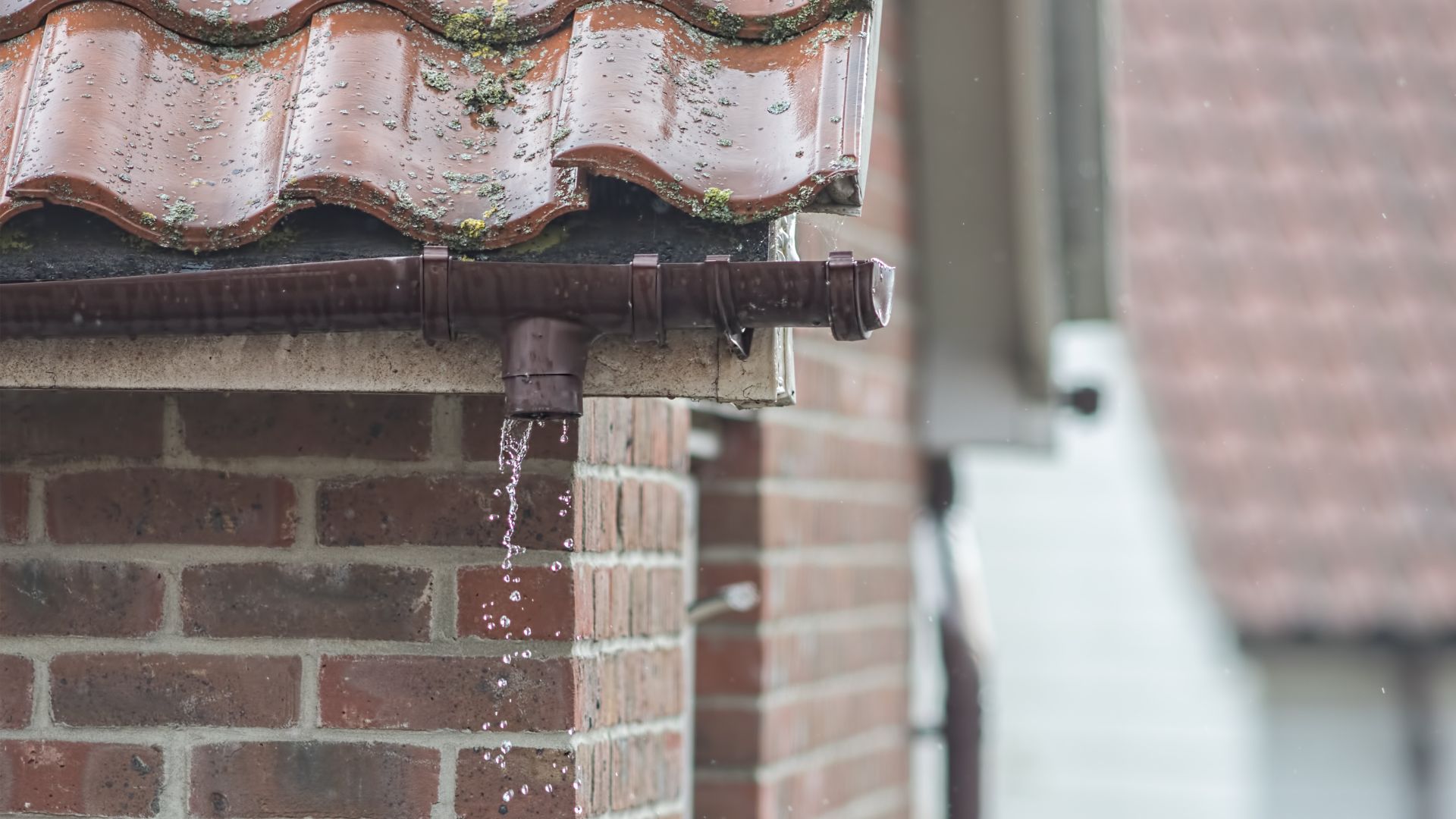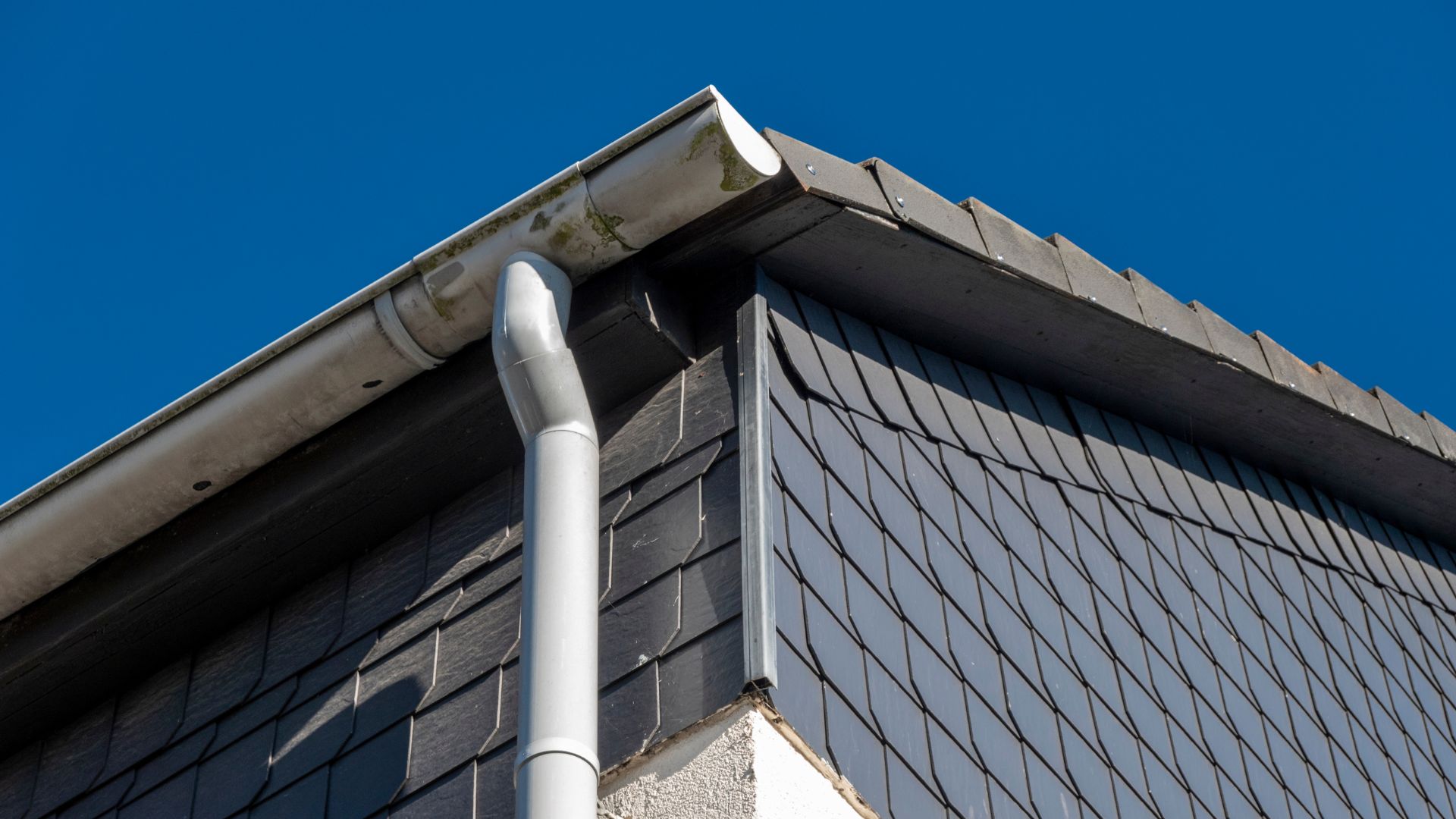Studies reveal that one of the leading causes of water damage in Australian properties stems from neglected or ageing plumbing, including broken downpipes. These essential components of a home’s drainage system are responsible for directing rainwater away from the roof and foundation, preventing costly water damage, soil erosion, and the growth of mould. When downpipes become damaged or blocked, the risk of water pooling around the property increases, leading to potential structural issues and undermining the integrity of the foundation.
Ignoring leaks or cracks in downpipes doesn’t just jeopardise the home’s durability—it invites pest infestations, accelerates wood rot, and drives up maintenance expenses. Left unaddressed, even minor downpipe issues can evolve into significant repair challenges, ultimately costing homeowners more in the long run. Proper maintenance and timely repairs are vital to safeguarding your home and preserving its value.
Common Signs of Downpipe Leaks
Downpipe leaks, if left unaddressed, can lead to severe structural damage, costly repairs, and potential safety hazards. Recognising the early signs of leaks is essential for maintaining your home’s integrity and preventing further issues. Here are some common indicators:

Visible Water Stains
Water stains on walls or ceilingsnear downpipes often point to leaks. These marks, typically yellowish or brown, are clear evidence that water is escaping from the downpipe and seeping into areas it shouldn’t.
Dripping Water During Dry Weather
Notice water dripping from your downpipes even when it hasn’t rained? This could indicate internal blockages or cracks that trap water, causing it to slowly leak out.
Cracks or Rust
Inspect your downpipes regularly for visible cracks or rust spots. Cracks allow water to escape, while rust indicates that metal downpipes are deteriorating due to prolonged exposure to moisture.
Pooling Water Near Foundations
Water pooling around your home’s foundation is a red flag. It suggests that your downpipe isn’t effectively directing water away from the building, potentially causing foundation damage over time.
Loose or Misaligned Sections
Downpipes that appear loose or misaligned may not function properly, leading to leaks. This is often a result of poor installation or wear and tear.
Plant Growth or Debris
The presence of moss, plants, or debris clogging the downpipe can obstruct water flow, increasing the risk of overflow and leaks.
To safely inspect your downpipes, check them during light rain or use a garden hose to simulate water flow. Always use a sturdy ladder, wear non-slip shoes, and have someone nearby for added safety.
Causes of Downpipe Leaks
Downpipe leaks don’t occur without reason. Understanding the underlying causes helps homeowners address issues effectively and prevent recurrence. Here are the most common culprits:
Debris Accumulation
Leaves, twigs, and other debris can clog downpipes, obstructing water flow. Over time, this buildup increases pressure within the pipe, leading to leaks or even bursts.
Corrosion
Metal downpipes, especially those made of steel or iron, are susceptible to rust when exposed to moisture for extended periods. Corrosion weakens the pipe and eventually causes holes or breaks.
Cracks and Splits
Temperature fluctuations cause materials to expand and contract, which can result in cracks or splits in the downpipe. Plastic downpipes, in particular, are prone to this issue.
Poor Installation
Improperly installed downpipes may disconnect from the gutter system or misalign, leading to leaks. Installation errors are often seen in older homes or DIY projects.
Natural Wear and Tear
Like any other part of your home, downpipes degrade over time due to exposure to the elements. Routine maintenance can slow this process but not eliminate it entirely.
Routine inspections and cleaning are critical for identifying and addressing these issues before they escalate. A proactive approach saves money and protects your home.
Step-by-Step Guide to Fixing Downpipe Leaks
Fixing downpipe leaks may seem daunting, but with the right tools and knowledge, homeowners can handle minor repairs. Follow this step-by-step guide to address common issues:
Step 1: Gather Necessary Tools
Before starting, ensure you have the following:
- Waterproof sealant
- Replacement downpipe sections
- Screws and brackets
- A sturdy ladder
- Gloves and safety goggles
- A plumber’s snake or pressure washer
Having these tools ready ensures a smoother repair process.
Step 2: Assess the Damage
Identify the source of the leak by inspecting the downpipe during rain or testing it with a garden hose. Look for visible cracks, blockages, or loose fittings. For hard-to-reach areas, use a mirror or ask for assistance.
Step 3: Clean the Downpipe
Remove debris and dirt from the pipe using a plumber’s snake or pressure washer. Clearing the downpipe ensures that water flows freely and reveals hidden cracks or damage.
Step 4: Seal Small Cracks
For minor leaks, apply a waterproof adhesive or tape over the affected area. Ensure the pipe is dry and clean before application for better adhesion.
Step 5: Replace Damaged Sections
If a section of the downpipe is severely damaged, replace it. Detach the damaged part by unscrewing or cutting it away, then fit and secure a new section using screws and brackets.
Step 6: Secure Loose Fittings
Loose or misaligned downpipes should be re-secured with brackets and screws. Tighten existing fittings or replace damaged brackets to restore stability.
Step 7: Test the Repairs
Once repairs are complete, test the downpipe by running water through it. Ensure no leaks remain and that water flows smoothly to the designated drainage area.
Remember to prioritise safety when working at heights. Use a ladder with stabilising features and avoid attempting repairs during adverse weather conditions.
When It’s Time to Call in the Experts
While DIY repairs can handle minor issues, some situations require professional attention. Knowing when to seek expert help can save time and prevent further complications.
Extensive Damage
Large-scale damage, such as multiple cracks or a completely corroded downpipe, often requires a full replacement. Professionals have the tools and expertise to handle such repairs efficiently.
Persistent Leaks
If leaks persist despite multiple DIY attempts, it’s best to call in a professional. This could indicate hidden issues that need specialised equipment to diagnose and resolve.
Hard-to-Reach Areas
Downpipes located in challenging or high areas may be unsafe to repair without professional equipment. Experts can address these issues while ensuring safety.
Structural Damage
Long-term water leaks can cause structural damage to your home. Professionals assess the extent of the damage and recommend appropriate solutions.
By hiring a professional, you ensure a thorough and long-lasting fix, preventing recurring problems.
Preventing Future Downpipe Leaks
Preventative maintenance is the key to avoiding downpipe leaks and prolonging the life of your drainage system. Follow these tips to keep your system in top shape:

Regular Cleaning
Clean gutters and downpipes at least twice a year to remove debris and prevent blockages. Use tools like gutter scoops or a pressure washer for effective cleaning.
Seasonal Inspections
Check for rust, cracks, and misaligned sections during seasonal changes. Addressing minor issues early prevents them from becoming major problems.
Install Gutter Guards
Gutter guards reduce the amount of debris entering your system, minimising the risk of clogs. These guards are especially useful in areas with heavy foliage.
Professional Installation
Ensure downpipes are installed correctly to avoid issues like disconnections or poor alignment. A professional installer guarantees a system that functions efficiently.
Annual Professional Inspections
Schedule yearly inspections with a trusted roofing and guttering specialist. Professionals can spot potential issues that may not be visible to the untrained eye.
By staying proactive, you can save money on repairs and protect your home from water damage.
Protect Your Home with Reliable Downpipe Maintenance
Downpipe leaks might seem like minor inconveniences, but they can lead to significant water damage, mould growth, and structural problems if ignored. Addressing these leaks promptly is vital to ensuring a safe and efficient drainage system for your home.
At A.I. Guttering and Roofing, we specialise in comprehensive downpipe services, including cleaning, repairs, and replacements. With years of experience, our team provides reliable, high-quality solutions tailored to your needs.
Don’t let downpipe leaks compromise your home’s safety and value. Contact A.I. Guttering and Roofing today for expert advice or to book a service appointment. Let us help you protect your home with dependable downpipe maintenance and repairs.




